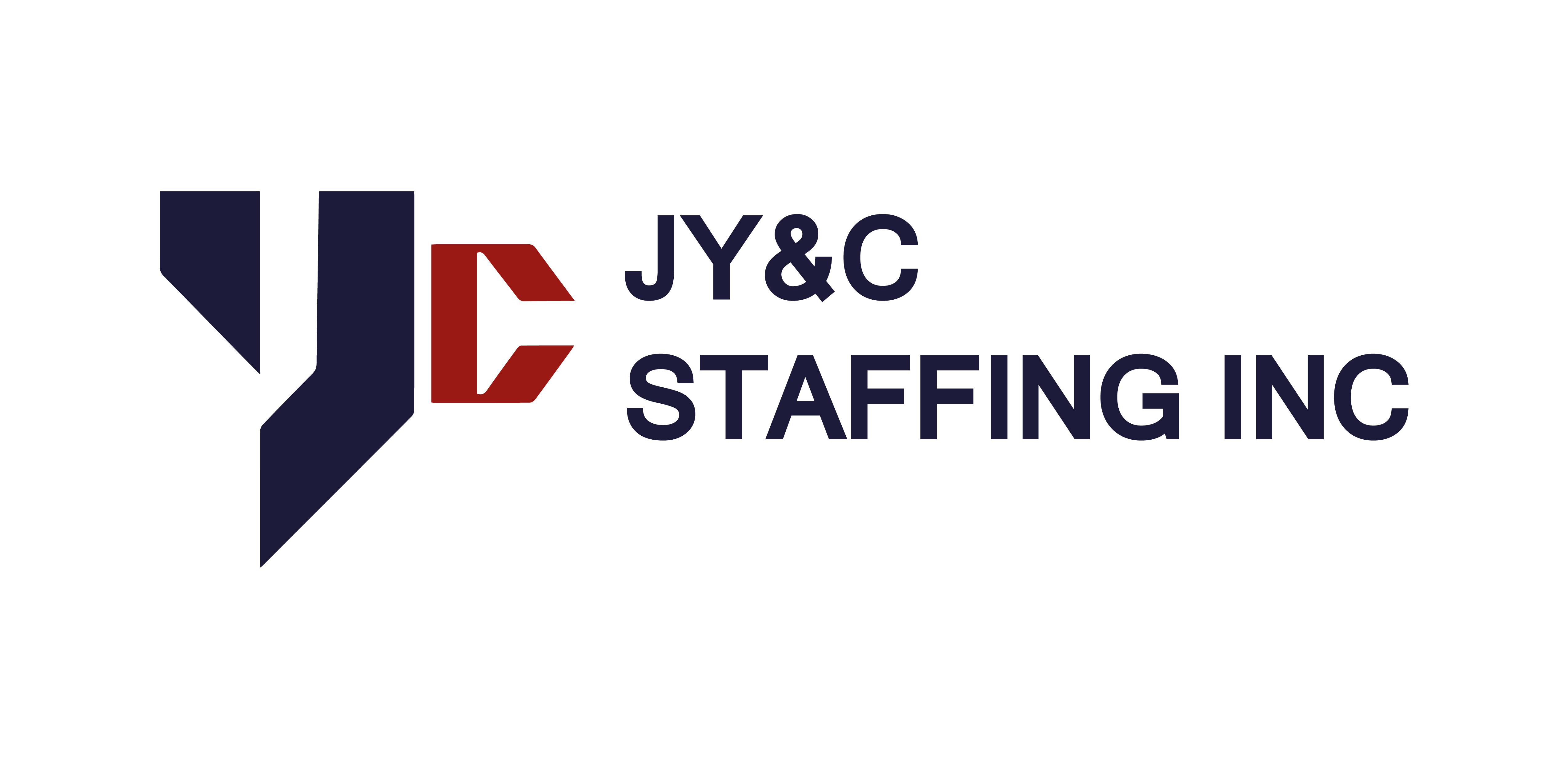Connecting Talent with Opportunity: Unlocking Potential in a Changing World
In today’s rapidly evolving world, the ability to connect talent with opportunity is more critical than ever. As industries undergo transformation due to technological advances, globalization, and shifting consumer demands, organizations must recognize that their greatest asset is their people. Likewise, individuals must find pathways to showcase their talents where they can thrive and make meaningful contributions.
The Importance of Bridging the Gap
Talent often goes untapped due to systemic barriers such as lack of access to education, resources, or networks. On the other hand, organizations frequently struggle to find the right individuals to fill crucial roles. Bridging this gap benefits both sides: individuals gain opportunities to grow and succeed, and businesses thrive by leveraging the unique skills and perspectives of their workforce.
When talent meets opportunity, the results are powerful. It fosters innovation, drives economic growth, and creates stronger communities. However, achieving this requires intentional strategies, inclusive practices, and forward-thinking approaches.
Key Strategies to Connect Talent with Opportunity
1. Embrace Technology
Technology plays a pivotal role in connecting talent with opportunity. Platforms like LinkedIn, job boards, and freelance marketplaces have made it easier for people to showcase their skills and for companies to find suitable candidates. Artificial intelligence can also streamline the hiring process, matching job seekers with roles based on their expertise and potential.
2. Foster Lifelong Learning
The modern workforce demands constant upskilling. Companies can support talent development by offering training programs, mentorship opportunities, and scholarships. Simultaneously, individuals should invest in their growth through online courses, certifications, and experiential learning.
3. Build Inclusive Networks
Access to opportunity often depends on who you know. Organizations, nonprofits, and governments can create initiatives that bring together diverse groups of people, ensuring that individuals from all backgrounds have equal chances to succeed.
4. Highlight Transferable Skills
Sometimes, talent is hidden in unconventional places. For example, veterans, caregivers, or individuals switching careers often possess valuable soft skills like leadership, problem-solving, and adaptability. Companies must recognize and value these attributes when evaluating candidates.
5. Collaborate Across Sectors
Connecting talent with opportunity is not solely the responsibility of businesses. Educational institutions, governments, and NGOs all have a role to play. Partnerships between these entities can create pathways for individuals to access training, mentorship, and jobs.
Case Study: A Success Story
Consider the example of a young entrepreneur who grew up in a rural area with limited access to resources. Through an online mentorship program, she was introduced to coding and later connected with a startup looking for junior developers. Today, she is not only thriving in her role but also giving back by mentoring others from similar backgrounds.
This story highlights the ripple effect of connecting talent with opportunity: when one individual succeeds, it inspires others to do the same.
The Role of Businesses and Leaders
Leaders have a responsibility to create environments where talent can flourish. This includes:
- Reevaluating Hiring Practices: Focus on skills and potential rather than rigid qualifications.
- Supporting Diversity and Inclusion: A diverse workforce drives better decision-making and innovation.
- Investing in Community Development: Outreach programs can discover hidden talent in underrepresented areas.
The Future of Talent Connection
As the world becomes increasingly interconnected, the need to match talent with opportunity will only grow. Emerging technologies like AI, blockchain, and virtual reality will play a larger role in leveling the playing field, making it easier for people to connect across geographical and socioeconomic barriers.
Ultimately, success lies in creating systems that recognize and nurture potential. When we connect talent with opportunity, we do more than fill jobs or achieve business goals—we empower individuals, uplift communities, and build a brighter future for all.
Conclusion Connecting talent with opportunity is about more than just matching skills to roles; it’s about unlocking human potential. By embracing innovation, fostering inclusivity, and committing to lifelong learning, we can ensure that talent—wherever it resides—has the chance to shine.


